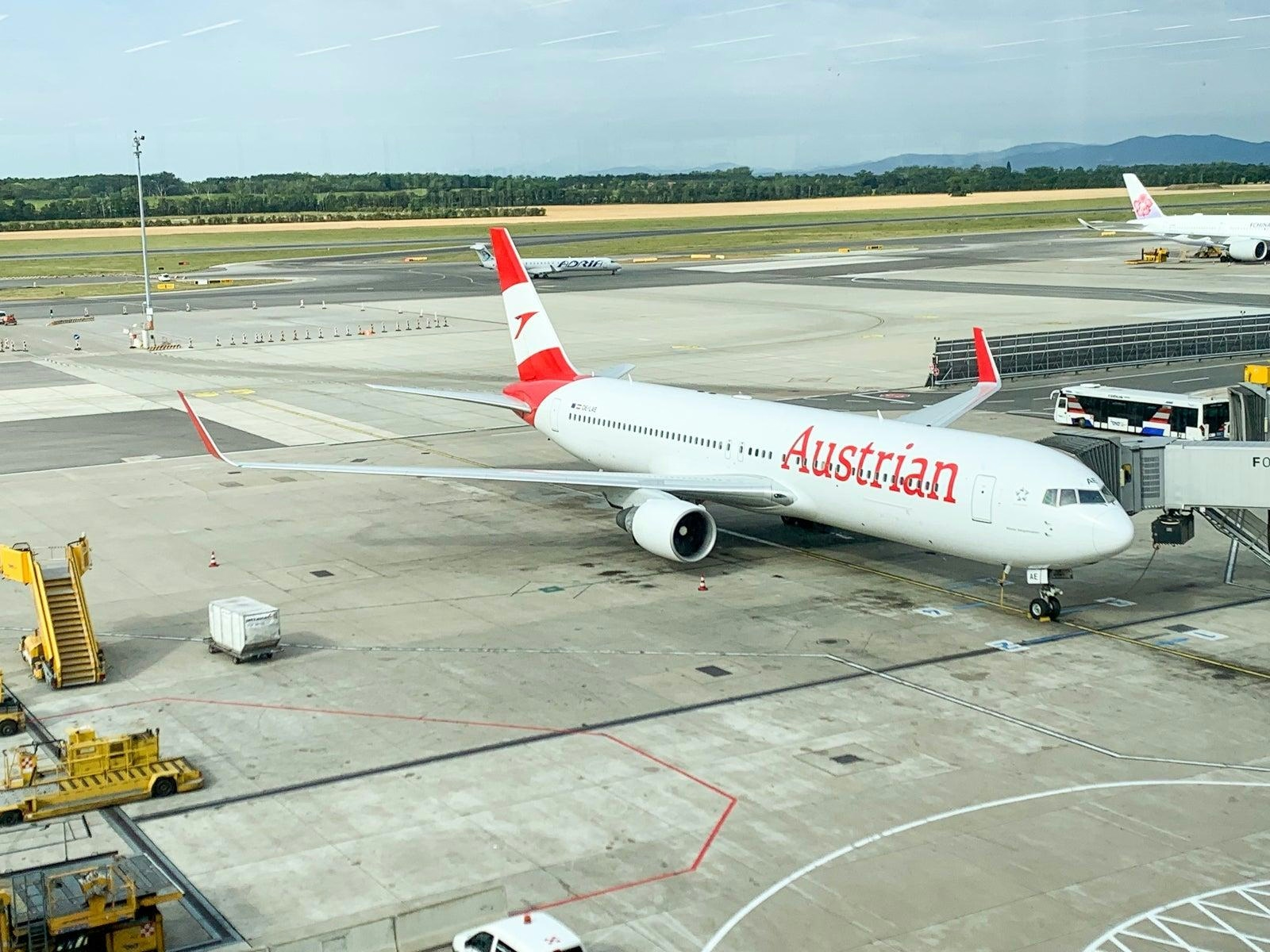
AeroGenie — Votre copilote intelligent.
Tendances
Categories
AI’s Turbulent Ascent: Why Aviation’s Tech Boom Could Ground Pilots in 2025
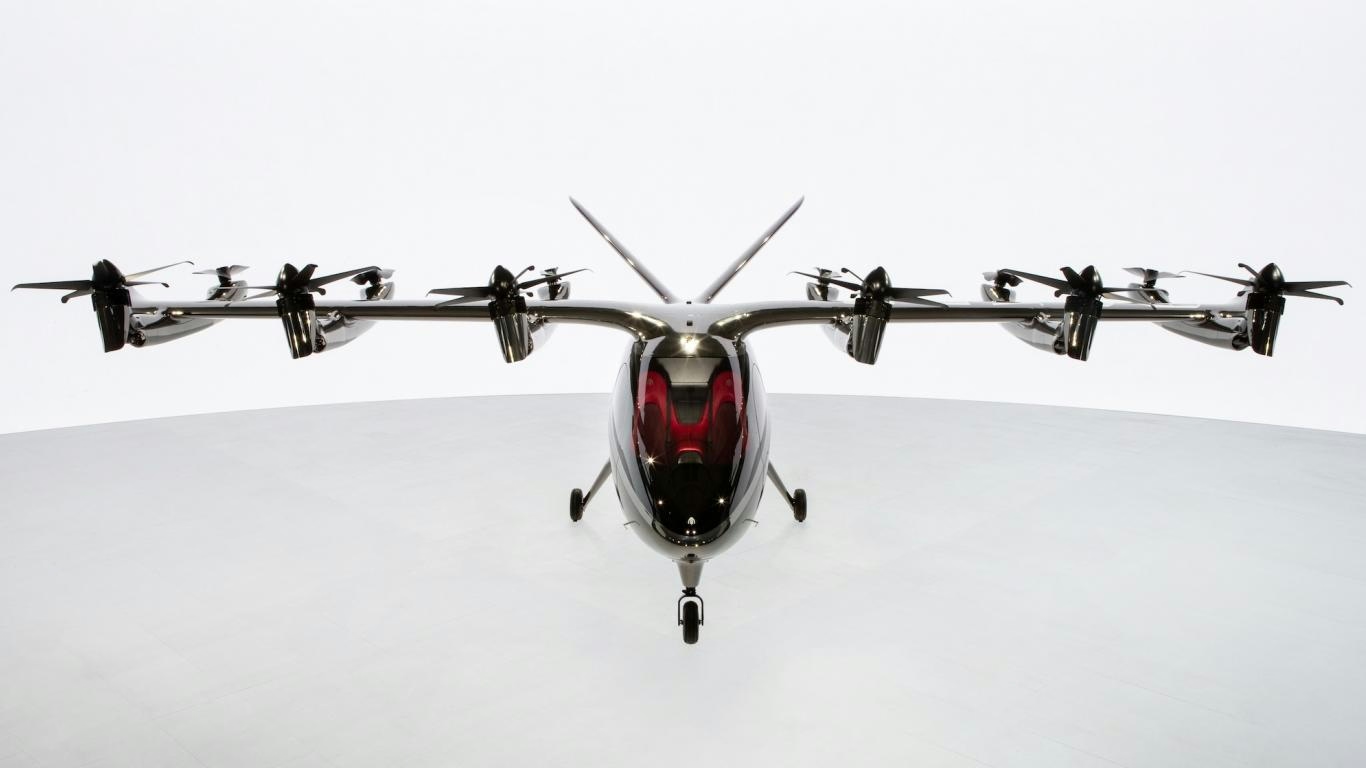
AI’s Turbulent Ascent: Why Aviation’s Tech Boom Could Ground Pilots in 2025
Artificial intelligence is rapidly transforming the aviation industry, offering the potential for smarter operations and improved passenger experiences. However, as airlines accelerate the adoption of AI technologies, a growing number of seasoned professionals caution that this integration may complicate the pilot’s role rather than simplify it. The year 2025 is poised to be a critical juncture, marked by both technological promise and operational challenges.
The Complexities of AI Integration in the Cockpit
Former airline pilot and author Patrick Smith, known for his insights in Cockpit Confidential, recently highlighted concerns regarding AI’s role in the cockpit. While AI excels at processing vast amounts of data and performing predictive analytics, its ability to communicate these insights in a manner that pilots can quickly and intuitively understand remains limited. Smith warns that AI might forecast potential issues but often fails to provide explanations that align with human intuition. Modern aircraft already depend heavily on automation, and the addition of AI systems risks further complicating decision-making processes, particularly during critical phases of flight.
Recent developments underscore this tension. Airlines such as Pegasus, IAG, KLM, and Lufthansa have embraced AI to enhance customer service and implement climate-friendly ground operations, including route optimization to reduce emissions. Despite these advances, the integration of AI within the cockpit remains a subject of debate. Research from Vaughn College, updated with 2025 data, acknowledges AI’s capabilities in forecasting wind patterns and detecting mechanical malfunctions but cautions against over-reliance on algorithms that may fail under rare or unpredictable conditions.
Industry Pressures and Operational Challenges
The drive toward AI adoption is also propelled by mounting pressures within the aviation sector. The International Air Transport Association (IATA) projects that supply chain disruptions could cost airlines more than $11 billion in 2025. AI offers solutions such as predictive maintenance and optimized crew scheduling to mitigate these challenges. Nevertheless, Smith emphasizes that pilots will increasingly be required to act as interpreters of AI outputs, adding complexity to an already demanding profession.
A 2025 report by OAG details how carriers including American Airlines, Korean Air, and Lufthansa utilize AI to analyze extensive datasets in real time, aiming to minimize operational disruptions. While these tools enhance resilience, industry experts question whether they might inadvertently increase the cognitive burden on pilots. Supporting this concern, a late 2024 bibliometric study published in ScienceDirect reveals a surge in AI-aviation research but identifies persistent gaps in understanding effective human-AI interaction. Although AI can optimize fuel efficiency and safety protocols, unresolved issues such as system reliability in adverse conditions remain significant.
Broader Market Dynamics and Future Outlook
Beyond aviation, the AI sector itself is experiencing volatility. With expenditures outpacing revenues, many AI companies are seeking substantial capital injections to avoid a potential market downturn. In early November, AI stock valuations declined amid a U.S. government shutdown, though futures markets indicate sustained optimism fueled by anticipated productivity gains. Industry leaders are responding accordingly: TSMC maintains strong capital spending forecasts driven by robust AI demand, while ASML anticipates a notable reduction in demand from China.
Within the cockpit, one of AI’s most immediate applications is turbulence prediction, a growing concern on heavily trafficked routes such as the North Atlantic and the Middle East. Airlines are already leveraging AI to anticipate and mitigate turbulence-related risks. Yet, the fundamental question remains whether these technologies will ultimately reduce pilots’ workload or introduce new layers of complexity at cruising altitude. As 2025 approaches, the aviation industry finds itself at a crossroads, navigating the delicate balance between AI-driven efficiency and the realities of human-machine collaboration.

Japanese Air Taxi Firm SoratobuTaxi Invests in Plana US
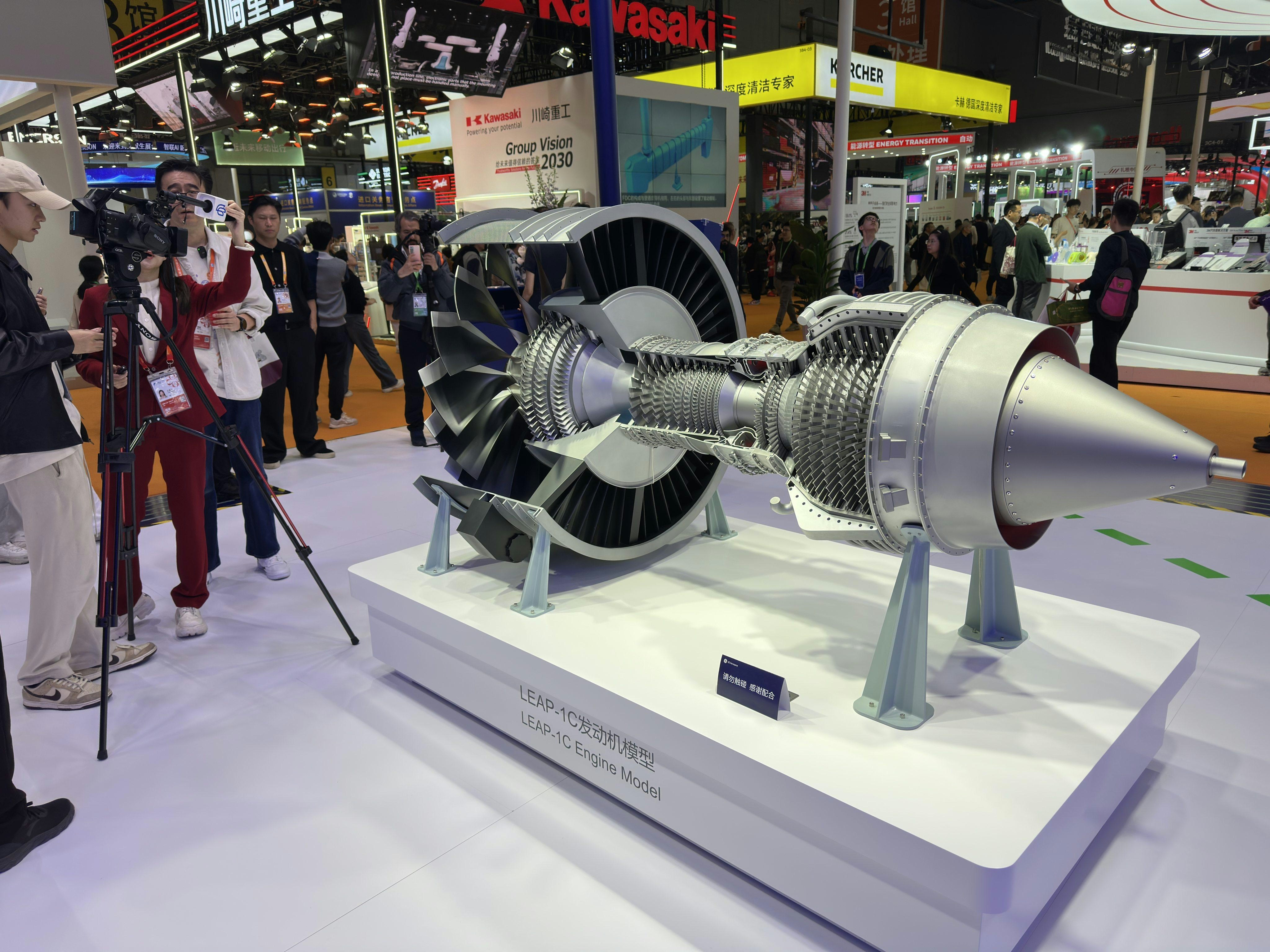
Engine Shortages Delay China’s C919 Deliveries Amid Global Aerospace Bottlenecks

The Emerging Role of Drones and AI in Combat Aviation
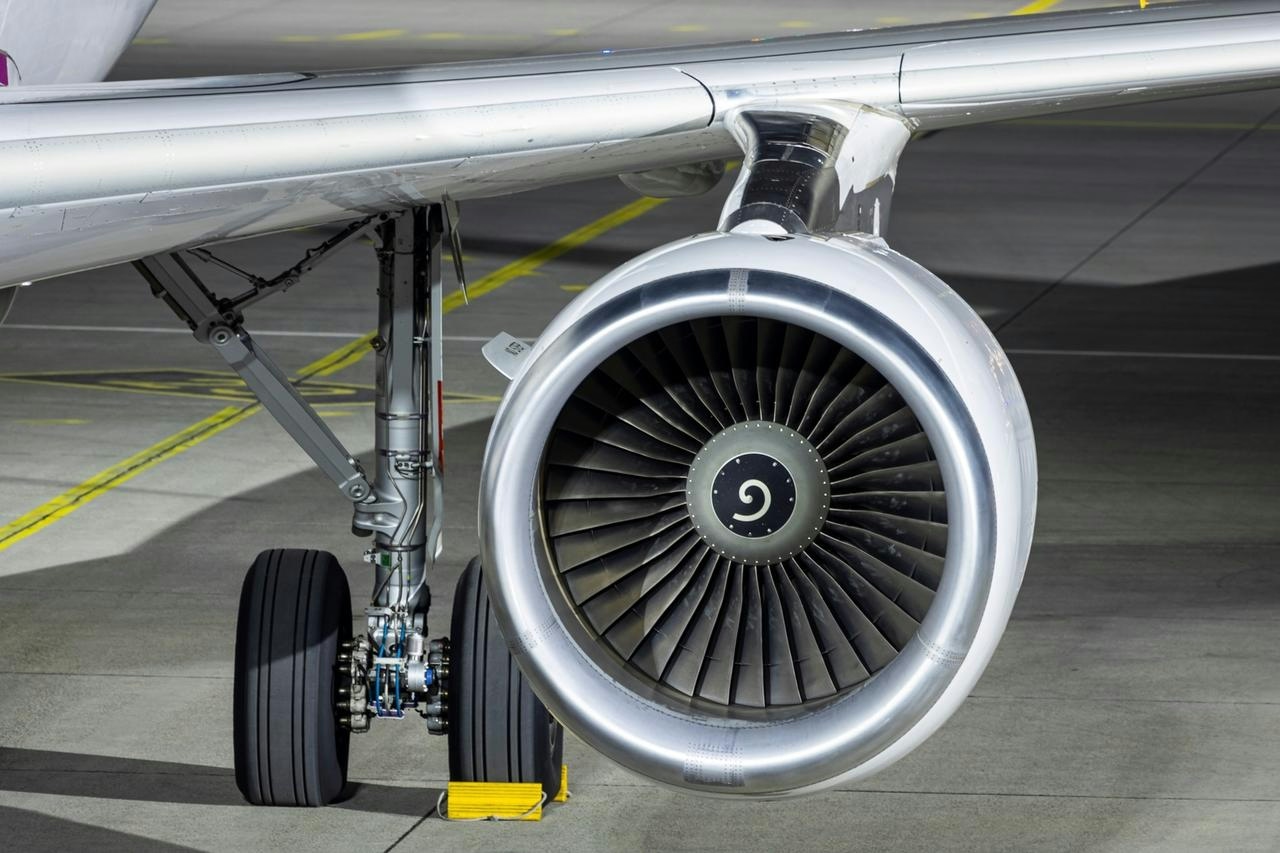
Falko Reports Strong Q3 Driven by Aircraft Sales and Lease Extensions
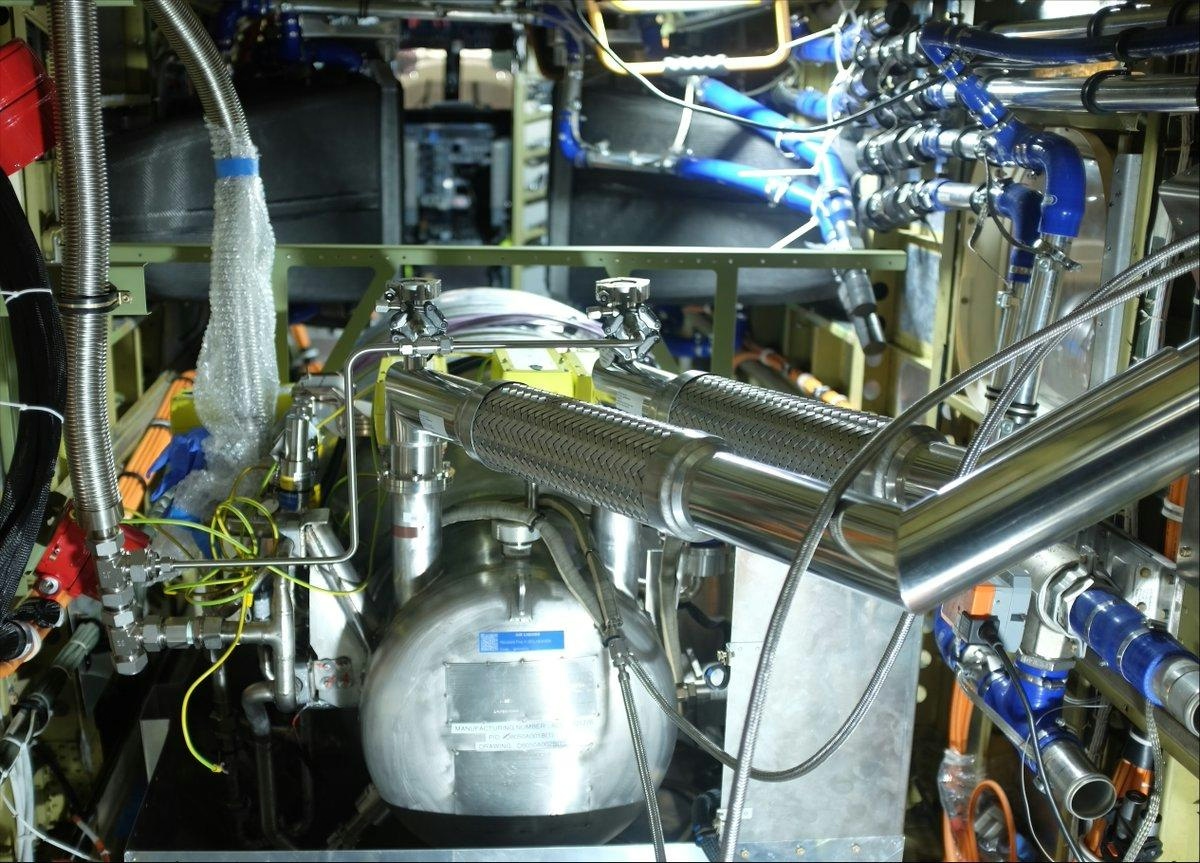
ZeroAvia Partners with HAV to Develop Hydrogen-Powered Airlander 10

EirTrade Expands Operations at Knock with New A330 Services
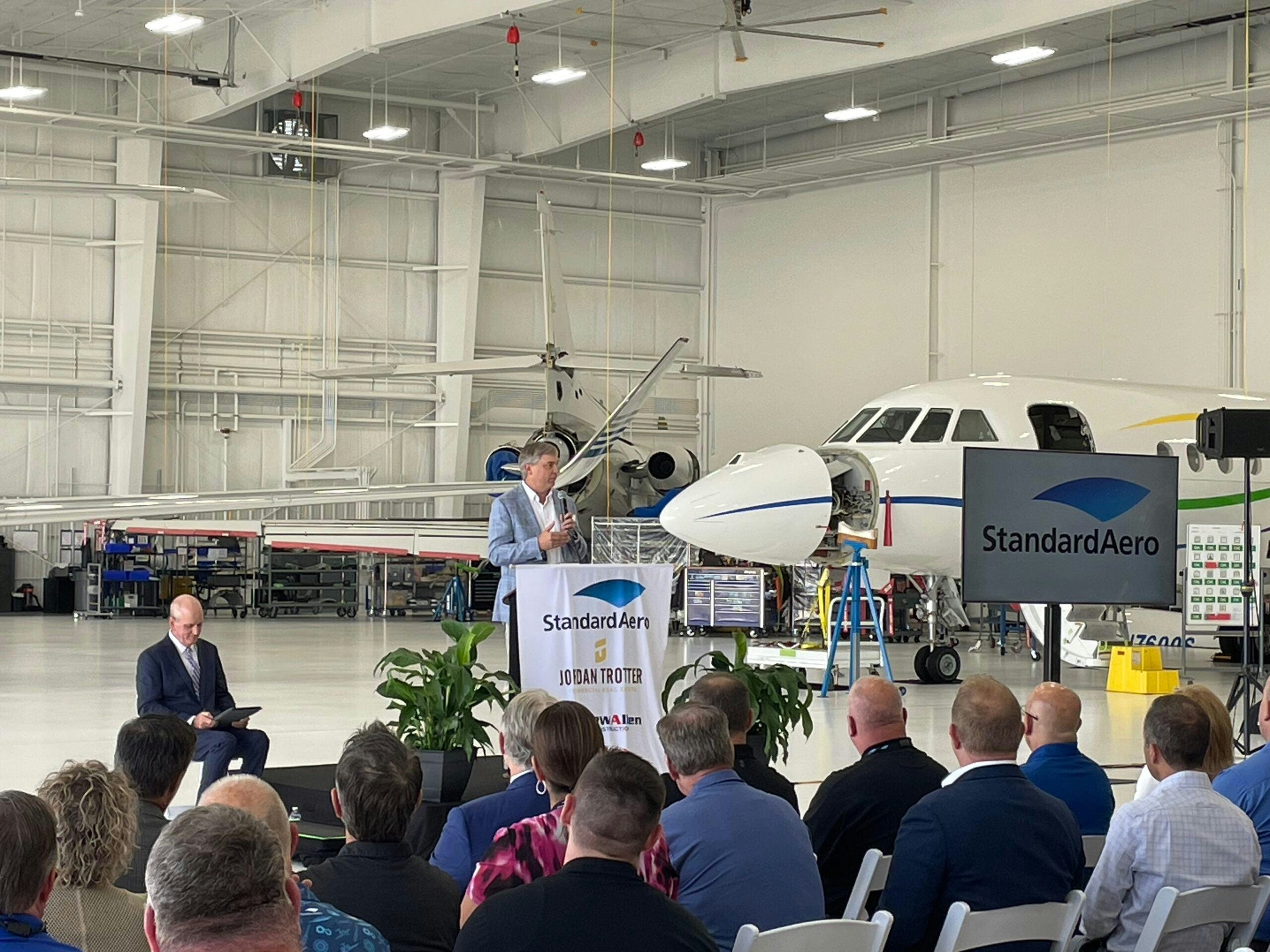
StandardAero Expands Facility in Winnipeg
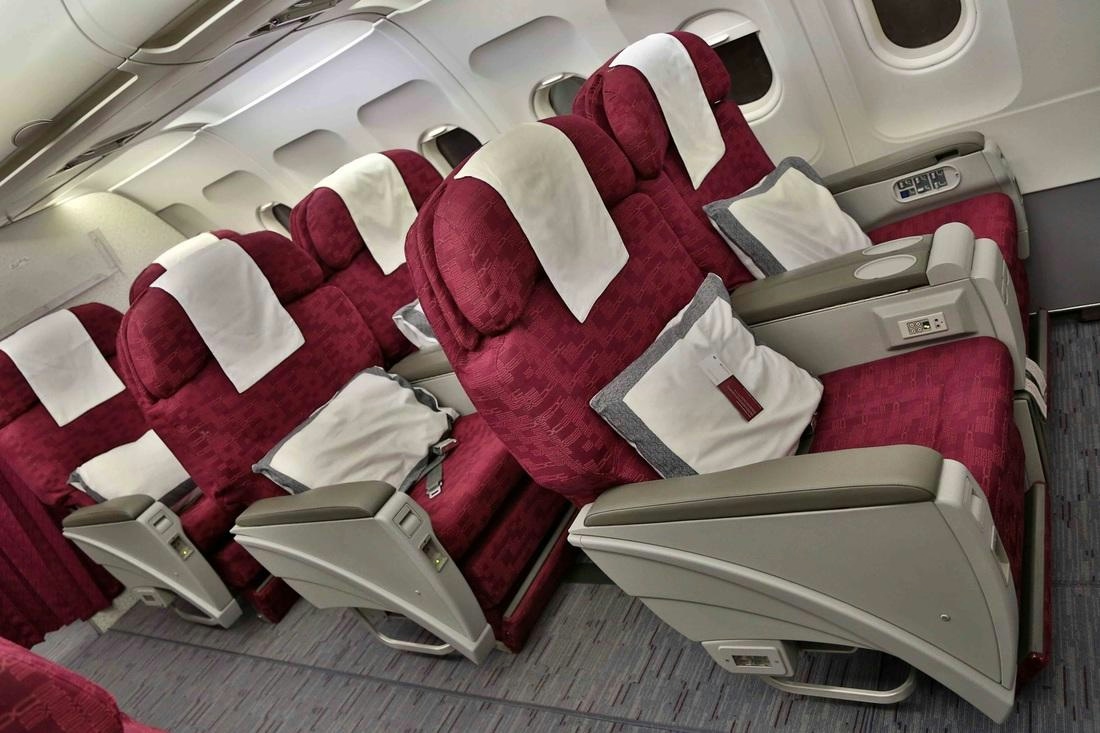
Qatar Airways to Operate One-Time Wide-Body Flight to Zagreb
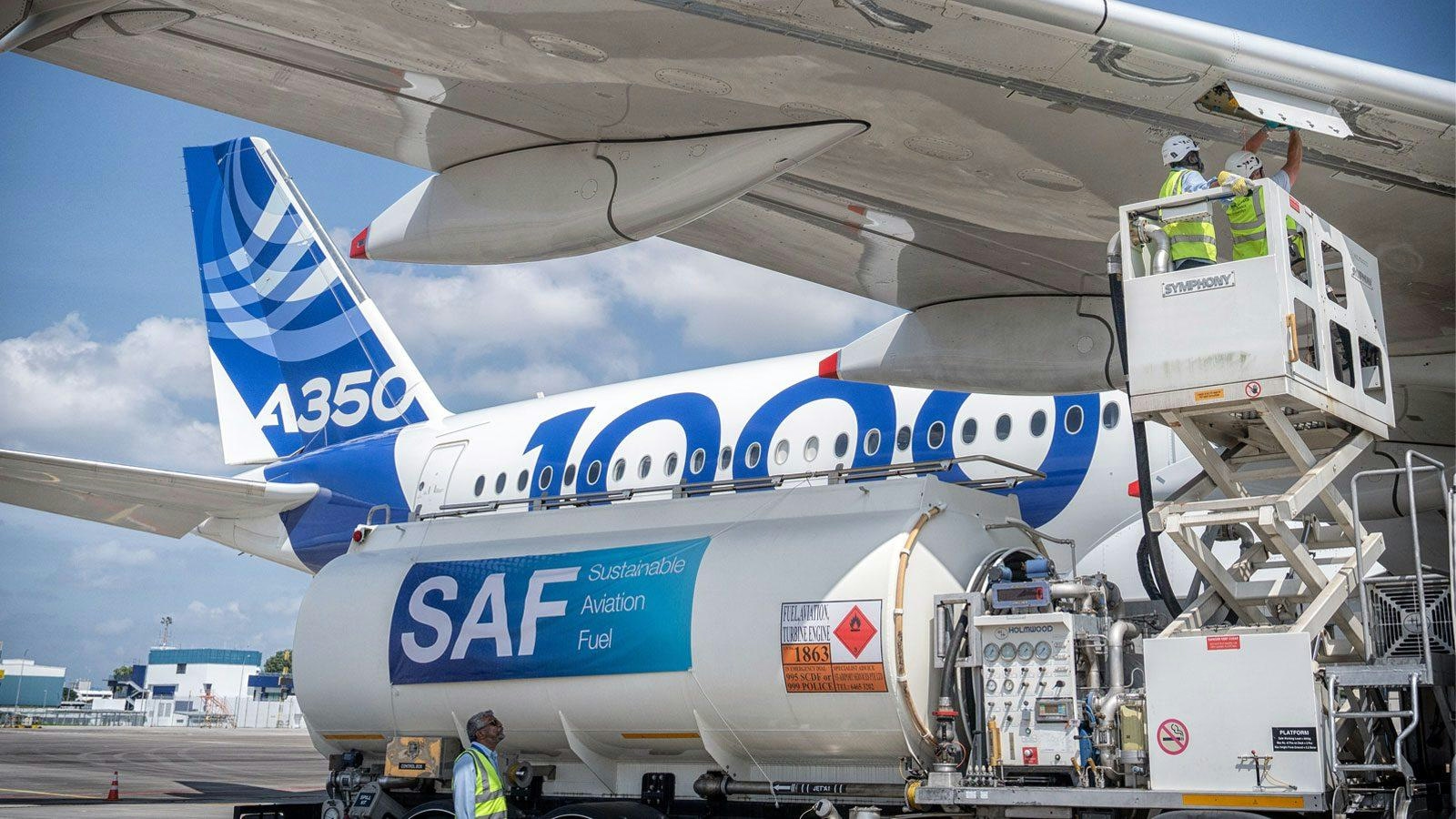
Aster and Aether Fuels Collaborate on Singapore’s First Commercial Sustainable Aviation Fuel Plant
